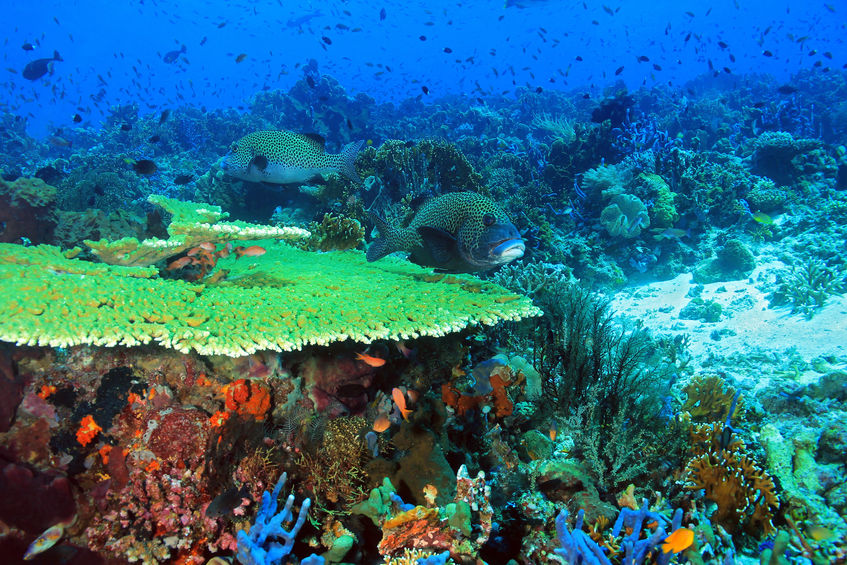
Natural water reefs are known for their myriad benefits to both humankind and marine ecology. In addition to creating some of the best waters used by fishermen, reefs, specifically those made of coral, support more species per unit area than any other sea environment — with estimates of up to 4,000 species of fish, 800 species of hard corals and hundreds of other species.
Of course, there are areas of the world where water reefs are less common. It is for this reason some enviro-entrepreneurs have taken to creating “man-made” ones, and they are showing great promise.
How are they constructed? An article in The Economist explains:
“The idea began with Wolf Hilbertz, an architect with an interest in marine biology. In the 1970s Hilbertz developed a technique that uses submerged electrodes to run electrical currents through seawater. This precipitates calcium carbonate and magnesium hydroxide out of the seawater, forming limestone similar to that of natural reefs. The artificial reef can become the substrate upon which a natural coral ecosystem develops.
Hilbertz’s original idea was to stop at the limestone stage, growing structures underwater, some of which would be used in situ as things like port facilities, while others would be hoisted ashore as buildings. It looked like a simple, low-cost alternative to making things out of concrete. Later work with Thomas Goreau, a marine biologist, produced both a catchy name—“Biorock”—and the idea of using the stuff as the basis of coral reefs, and, in particular, for repairing damaged reefs.
In 1996 the Global Coral Reef Alliance, a charity, began using Biorock for reef repairs by growing a six-metre structure in the Maldives. Other repairs have followed in Indonesia, Jamaica and Mexico. The Pemuteran Coral Reef Restoration Project, in Bali, is more than 300 metres long and includes dozens of “nurseries” in which Biorock acts as nuclei for the natural extension of the reef.”
While “hybrid” reefs have attracted the attention of conservationists for their environmental benefits, they have also gained the interest of commercial developers and even the military. The reason is because reefs are excellent means of stymieing beach erosion, and far better than “beach nourishment” which requires adding sand repeatedly to them in order to build them back up. They also can prevent flood damage when the seas surge and protect oceanside military installations.
To read the story in its entirety in The Economist, click here.
* This article was originally published here
HELP STOP THE SPREAD OF FAKE NEWS!
SHARE our articles and like our Facebook page and follow us on Twitter!





0 Comments